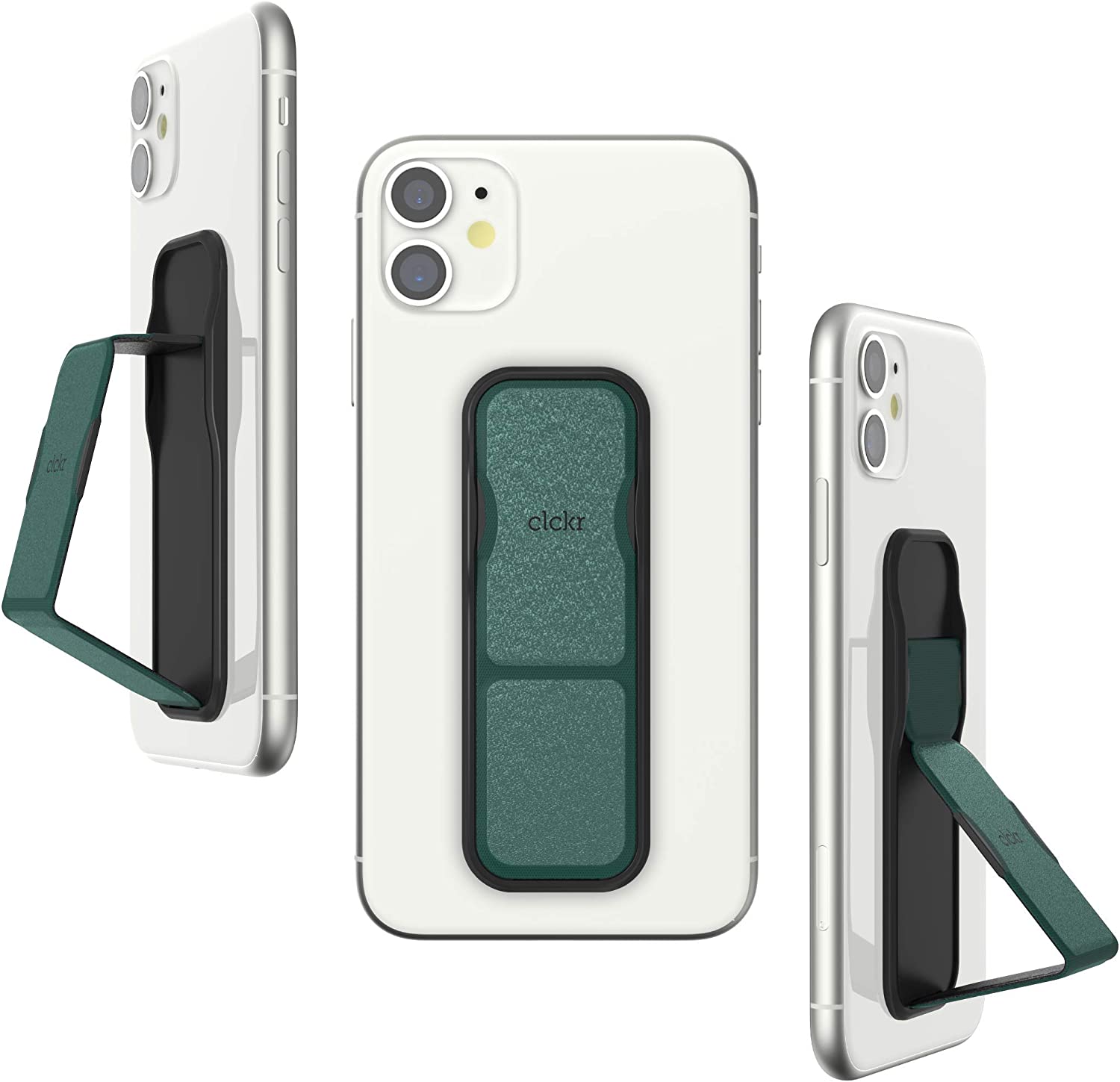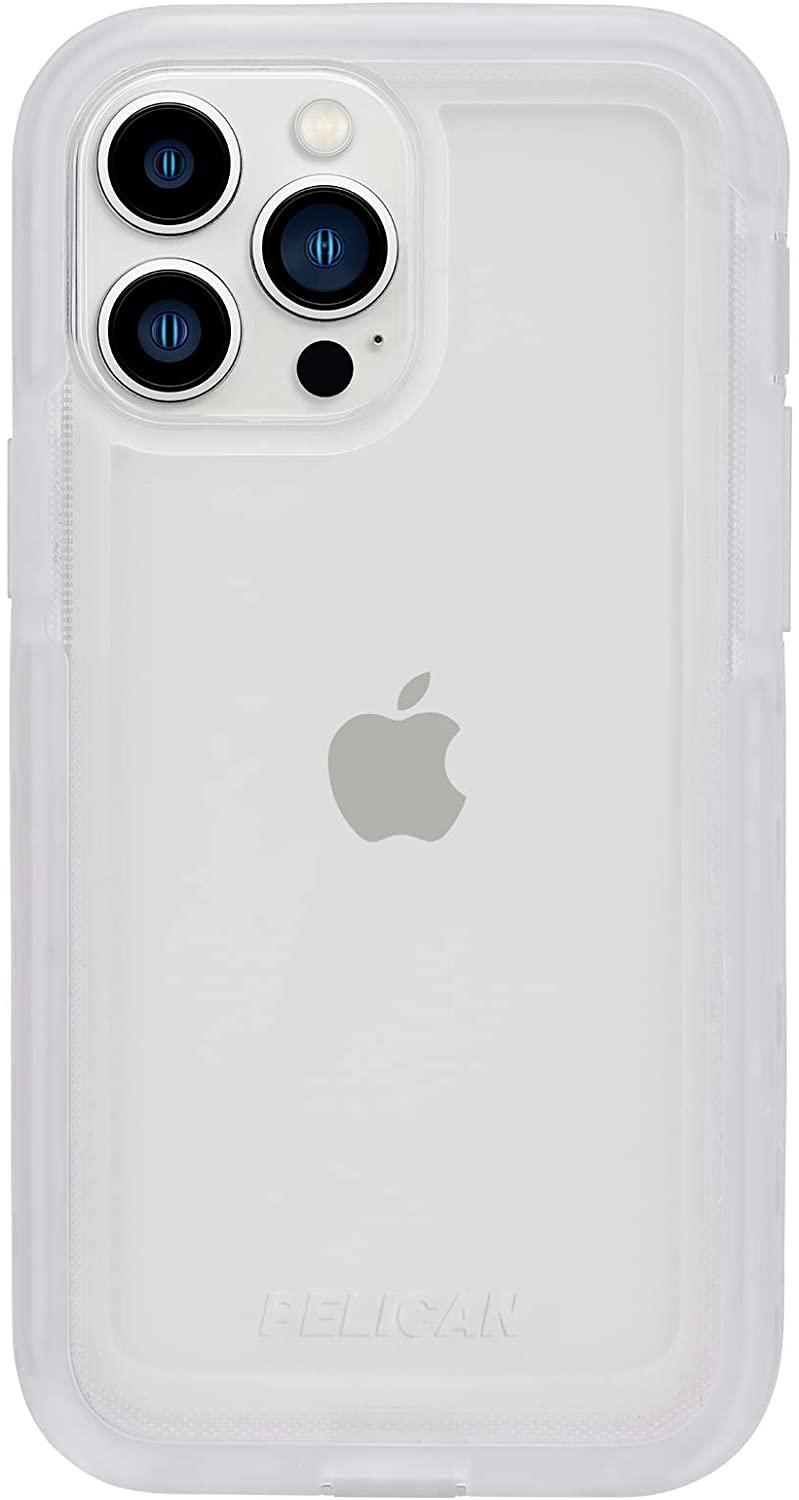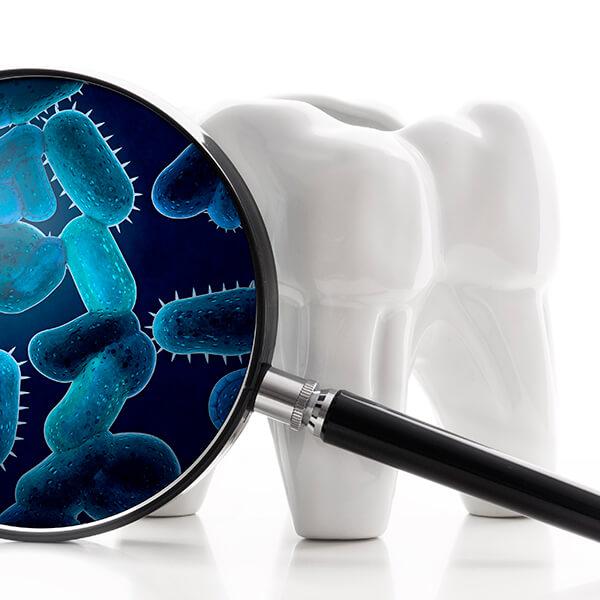The University of Washington (UW) in Seattle has developed a way to identify potentially harmful bacteria on the skin and in the mouth using a smartphone.
According to their paper published in Optics and Lasers in Engineering in May 2021, the 5 authors from the Departments of Bioengineering and Ophthalmology at UW used a standard smartphone with a custom-built smartphone case that incorporates the use of black light LEDs to illuminate microbes that may cause acne and slow wound healing on the skin. They can also illuminate bacteria that causes dental plaque and gingivitis within the mouth.
“Bacteria on skin and in our mouths can have wide impacts on our health — from causing tooth decay to slowing down wound healing,” said UW professor of bioengineering and ophthalmology Ruikang Wang. “Since smartphones are so widely used, we wanted to develop a cost-effective, easy tool that people could use to learn about bacteria on skin and in the oral cavity.”
The team amplified a smartphone’s camera with 10 LED black lights attached to a small 3D-printed ring that they placed around the camera’s lens. They were then able to snap pictures of the skin and within the mouths of two research subjects. Normally, smartphone cameras are only able to pick up wavelengths of light related to red, green and blue—the RGB spectrum. Unfortunately, bacteria usually emit colors that don’t fall within those spectrums, which are therefore missed by standard cameras.
The LED black light, however, “excites” porphyrins, a type of molecule in bacteria. This causes the porphyrins to emit a red fluorescent light that can be seen by the camera. This reveals the bacteria to the smartphone’s camera in a fairly simple and inexpensive manner.
This new technology could be the first of many ways that a smartphone can help users at home better monitor their skin and oral health without time-consuming trips to the doctor or expensive medical test bills.




